Barry gave one account - Hart gave a flawed one
It was Peter Hart, who anonymously interviewed a Kilmichael ambush participant six days after the last one died in November 1989, who claimed that Barry gave differing accounts. They reason Hart can't name the person he said he spoke to is because he was not talking to a member of the IRA corps, but to a corpse.
Meda Ryan showed that Hart got it wrong on almost every detail, leaving out parts of documents he claimed to have found, that contradicted his theory, and so on.
For instance Hart claimed that Barry invented the 'false surrender' story in 1949, and that he left it out of a 1932 Irish Press article. Ryan quoted a 1932 letter from Barry to the Editor of the Press, criticising the Press for editing out the account of the false surrender, and she quoted a 1942 An Cosantoir article by Barry, that mentioned it. In addition Ryan quoted early 1920's accounts of the false surrender, from British sources.
No one questioned the 'false surrender' account, Irish or British, until Peter Hart found his anonymous sources, a British typed captured report of the ambush with key details wrong (details that Hart decided to hide from his readers), and his 1932 Irish Press account.
Like the poster above, I believe Barry.
See Meda Ryan's Tom Barry IRA Freedom Fighter (Mercier paperback 2005)
This debate has been going on in the last four issues of History Ireland.
See
and
The November December edition of History Ireland will have a review by Tim Pat Coogan of Hart's Mick
It was Peter Hart, who anonymously interviewed a Kilmichael ambush participant six days after the last one died in November 1989, who claimed that Barry gave differing accounts. They reason Hart can't name the person he said he spoke to is because he was not talking to a member of the IRA corps, but to a corpse.
Meda Ryan showed that Hart got it wrong on almost every detail, leaving out parts of documents he claimed to have found, that contradicted his theory, and so on.
For instance Hart claimed that Barry invented the 'false surrender' story in 1949, and that he left it out of a 1932 Irish Press article. Ryan quoted a 1932 letter from Barry to the Editor of the Press, criticising the Press for editing out the account of the false surrender, and she quoted a 1942 An Cosantoir article by Barry, that mentioned it. In addition Ryan quoted early 1920's accounts of the false surrender, from British sources.
No one questioned the 'false surrender' account, Irish or British, until Peter Hart found his anonymous sources, a British typed captured report of the ambush with key details wrong (details that Hart decided to hide from his readers), and his 1932 Irish Press account.
Like the poster above, I believe Barry.
See Meda Ryan's Tom Barry IRA Freedom Fighter (Mercier paperback 2005)
This debate has been going on in the last four issues of History Ireland.
See
and
The November December edition of History Ireland will have a review by Tim Pat Coogan of Hart's Mick


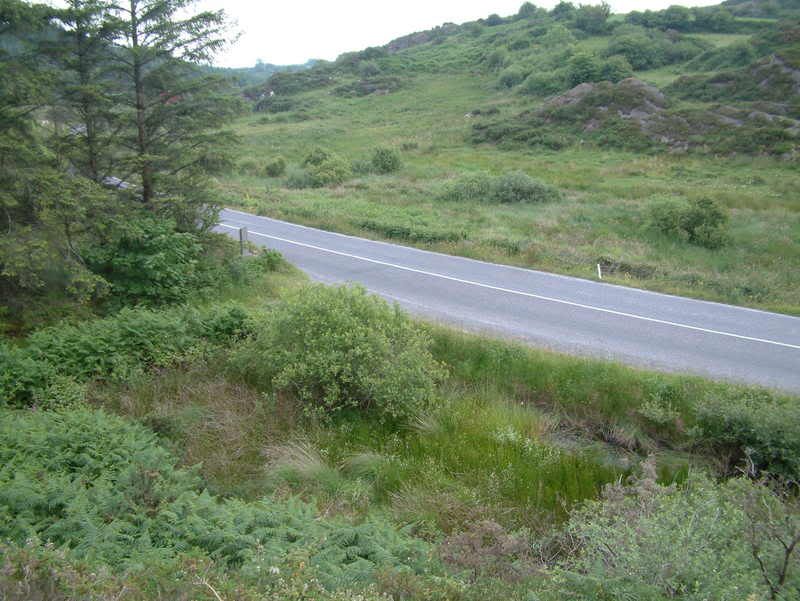
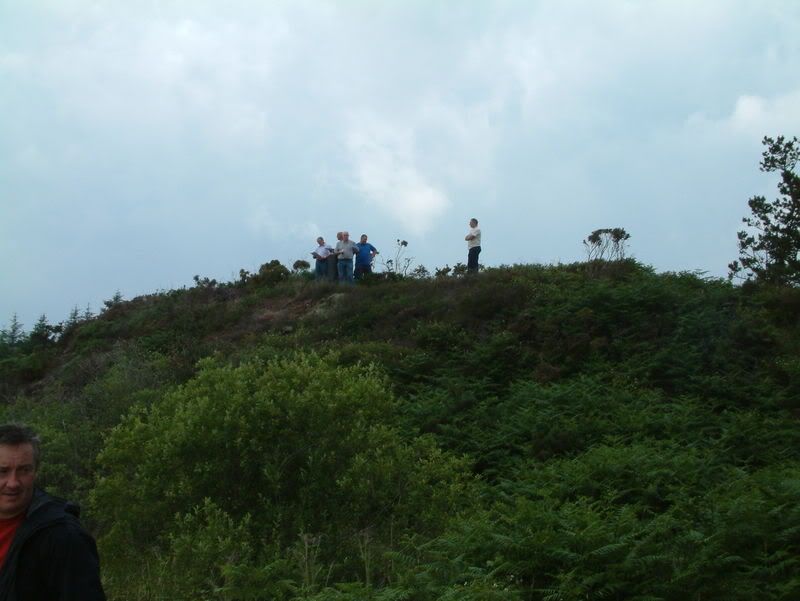

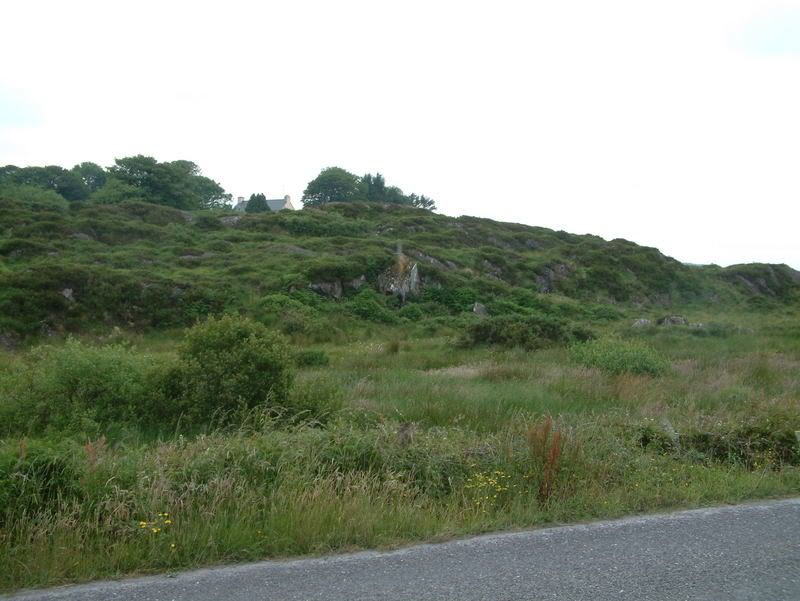
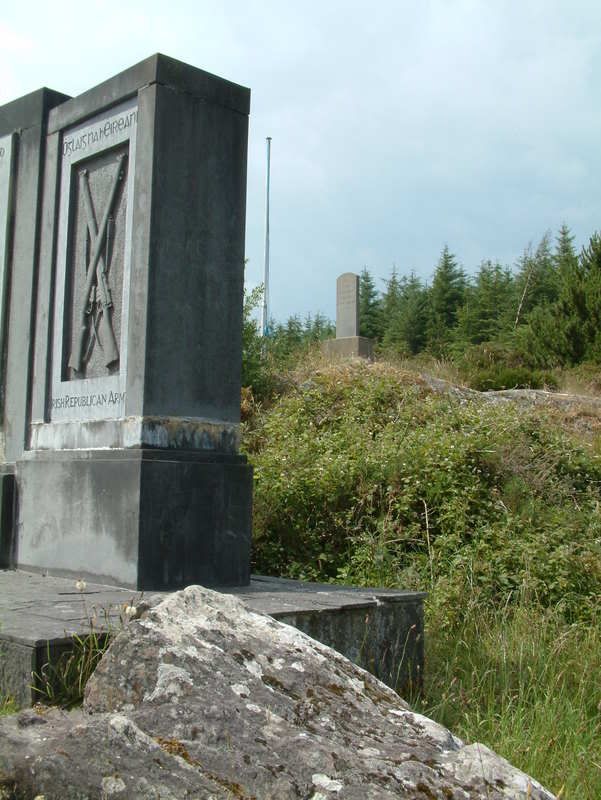
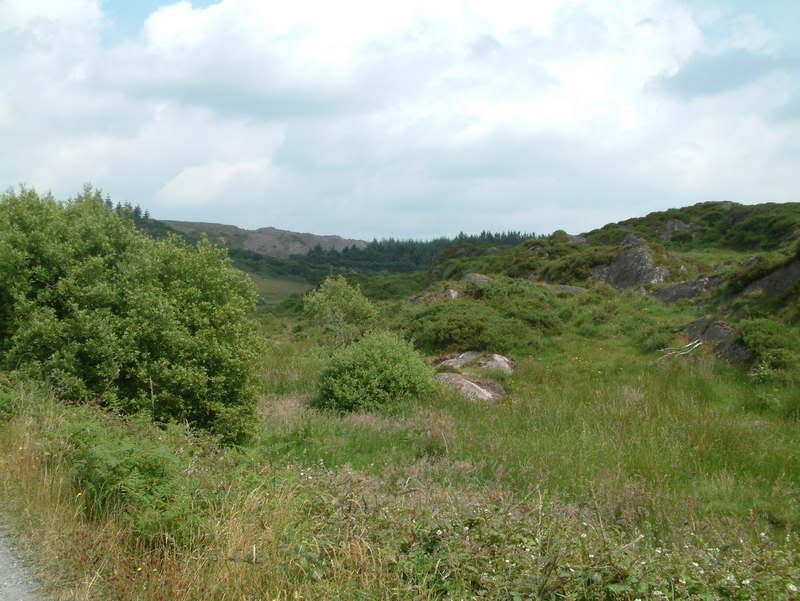
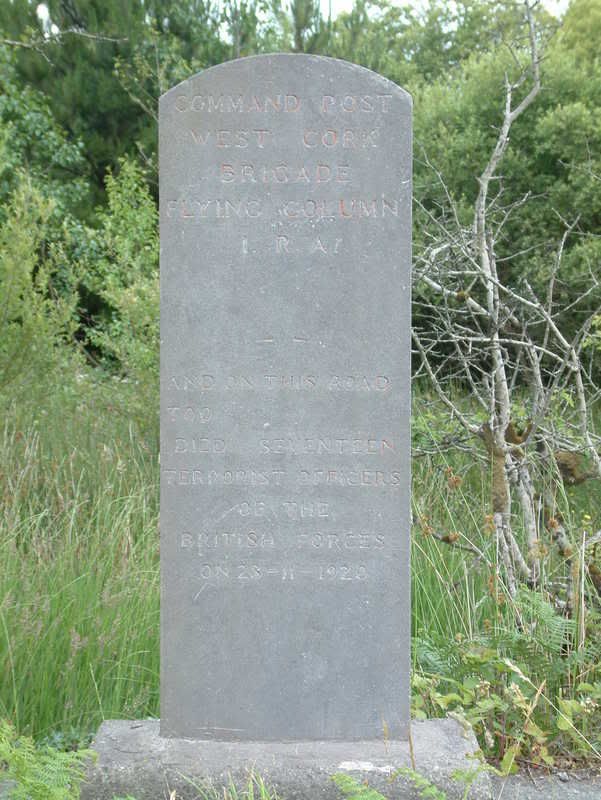
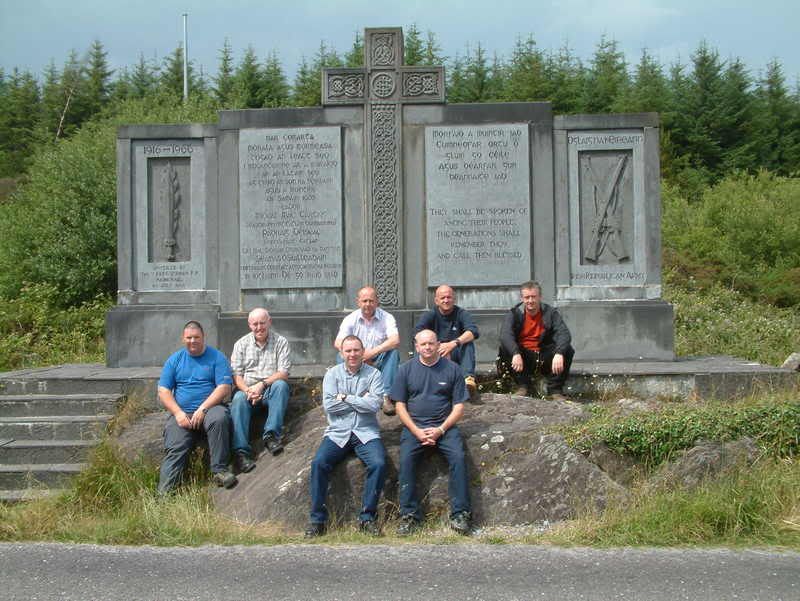

Comment